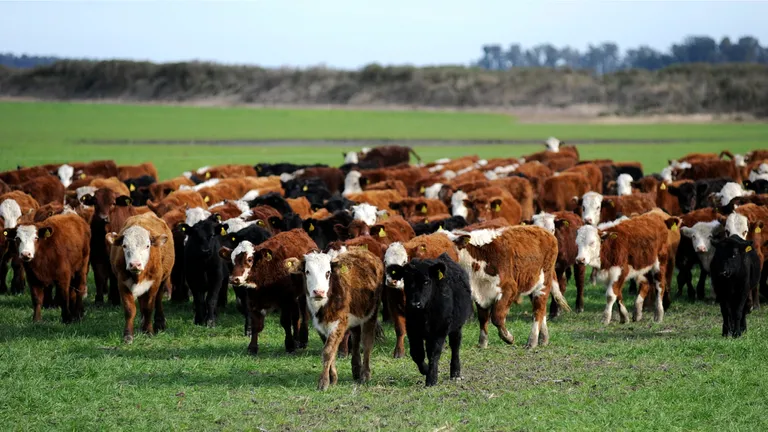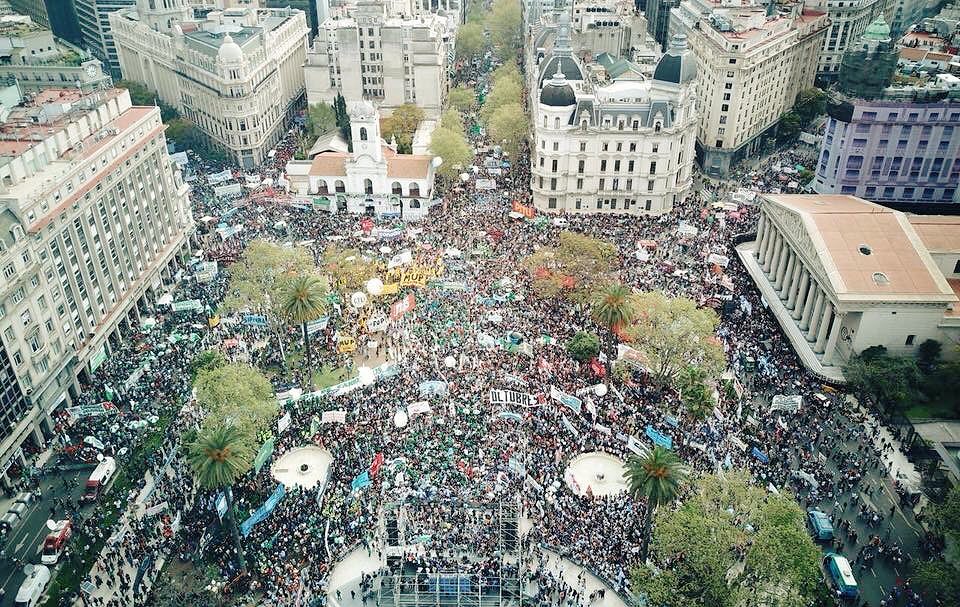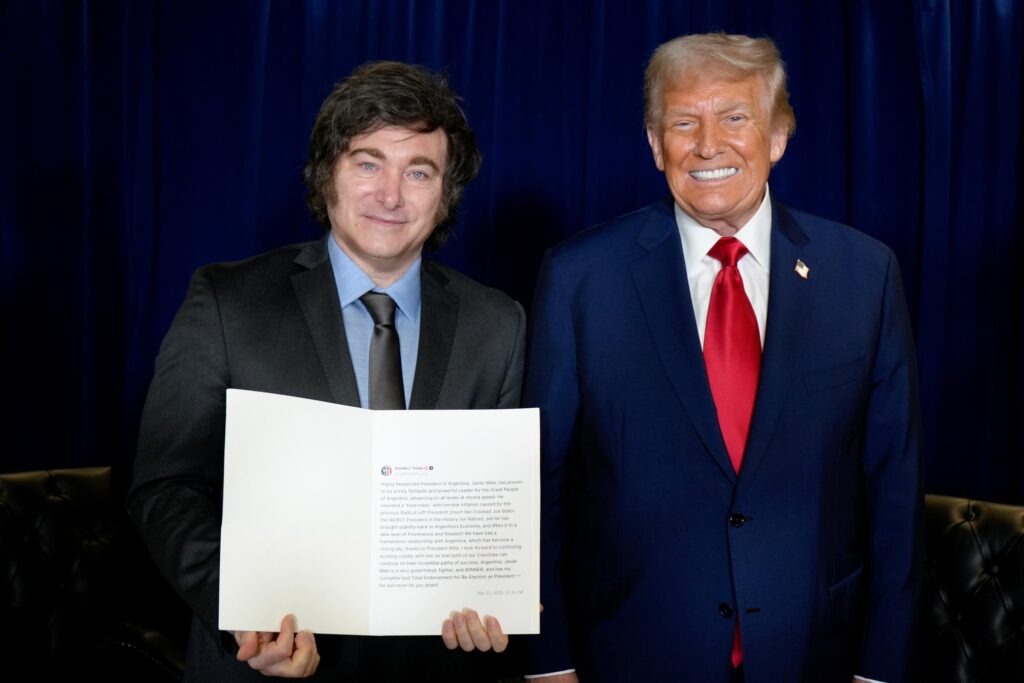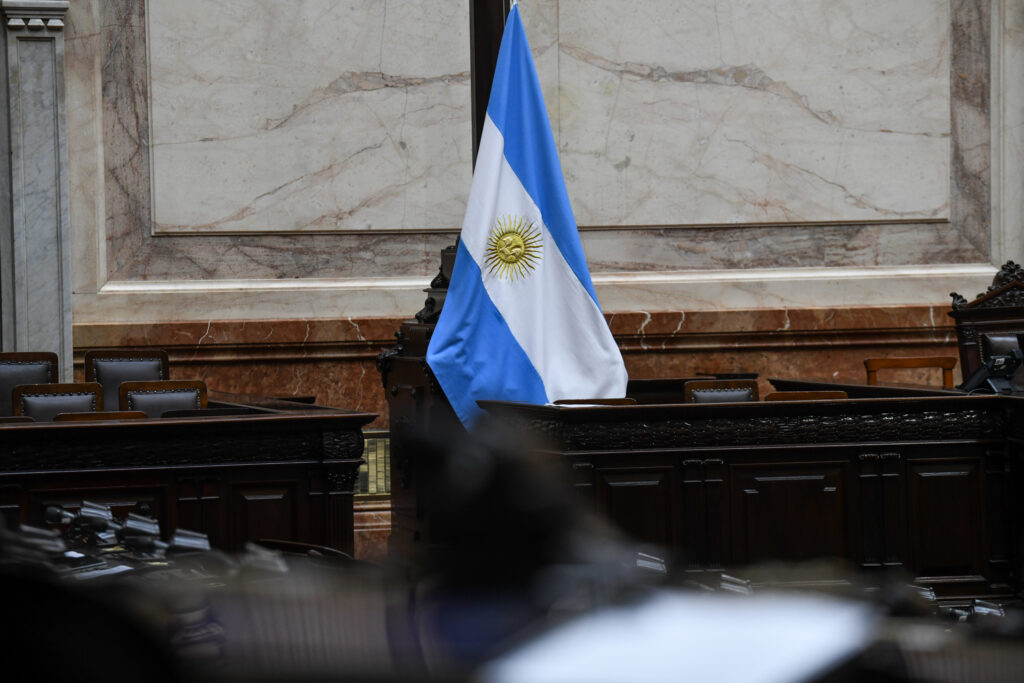Buenos Aires, Argentina — Recent reports in several Argentine newspapers citing a study from the United States National Aeronautics and Space Administration (NASA) is causing a controversy in one of the world’s largest cattle producing countries.
The articles quoted officials from the Argentine Institute of Red Meat Promotion (IPCVA) who claimed that a NASA study shows that Argentine livestock do not contribute to climate change — but an expert at NASA said it’s not possible to make that claim based on the agency’s study.
“Argentine livestock cannot continue to be blamed as one of the causes of global warming and climate change,” said officials from the IPCVA pointing to the NASA study. “Our cattle do not pollute the environment and [they] offer opportunities.”
The NASA study, performed by more than 60 researchers, used measurements made by the agency’s Orbiting Carbon Observatory and shows how 100 different countries emitted and captured carbon dioxide from 2015 to 2020. The research does mention pastures as a carbon dioxide capture mechanism but it doesn’t say anything specific about cattle and its impact in those measurements.
Although the data shows Argentina captures more carbon dioxide than it emits, the IPCVA wrongfully concluded that the country’s cattle pastures were actually good for the environment, as the study does not mention cattle and did not measure other greenhouse gasses emitted by the livestock industry, such as methane.
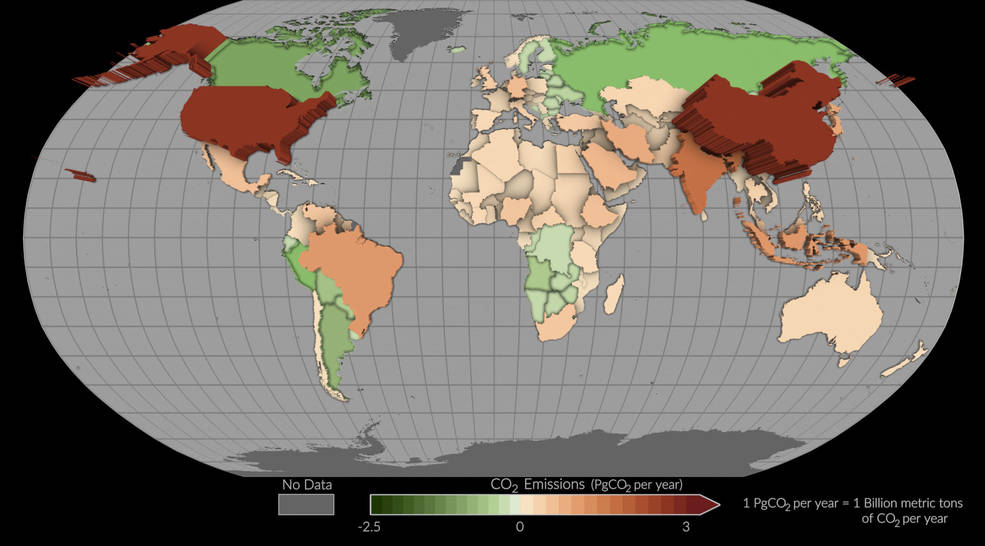
The IPCVA’s claims caused controversy in Argentina as the statement contradicts what scientists have been saying for years about the ranching industry’s impact on climate change. According to researchers, 4.5% of global greenhouse emissions are attributed to livestock.
Argentina Reports contacted NASA for clarification surrounding the IPCVA’s claims and the space agency’s study.
“It is not possible to conclude from our study whether the livestock industry in any particular country is a net source or sink for greenhouse gasses,” said Brendan Byrne, lead researcher of the study and member of the Jet Propulsion Laboratory at NASA.

“Our study does not include other greenhouse gasses such as methane (CH4) and nitrous oxide (N2O), which make up a significant fraction of the total greenhouse gas emissions from cattle and other ruminants. These other gasses should be considered when determining whether the livestock agriculture industry is a net source of greenhouse gasses,” he said.
Byrne added, “though we find increasing terrestrial carbon stocks for some countries in South America, it’s not possible to attribute this specifically to pastures that are used to feed cattle.”
Cattle ranching is one of Argentina’s most iconic industries and Argentines eat more red meat per inhabitant than any other country in the world. And last year, red meat accounted for 3.9% of the total income generated from the country’s exports.


